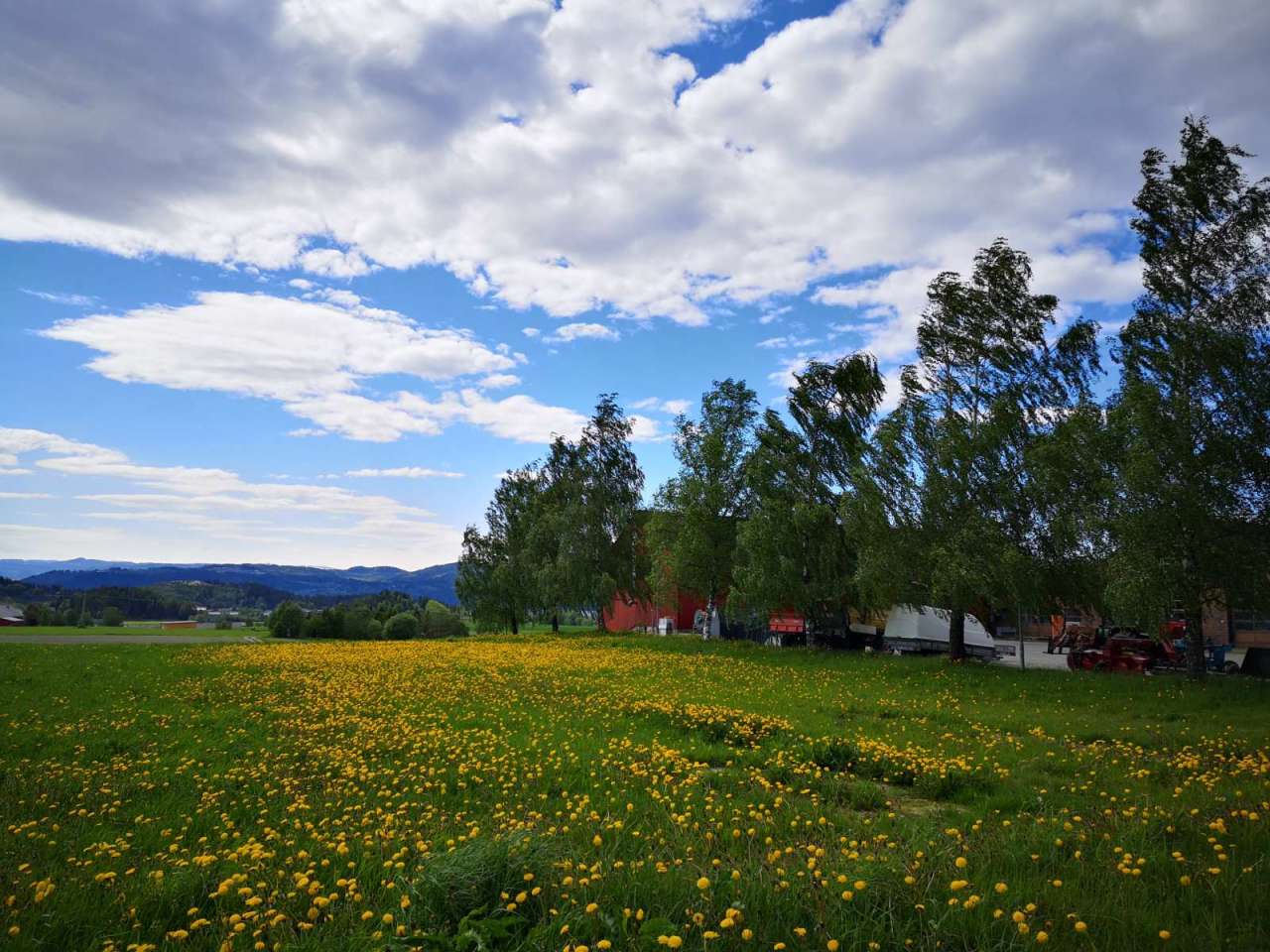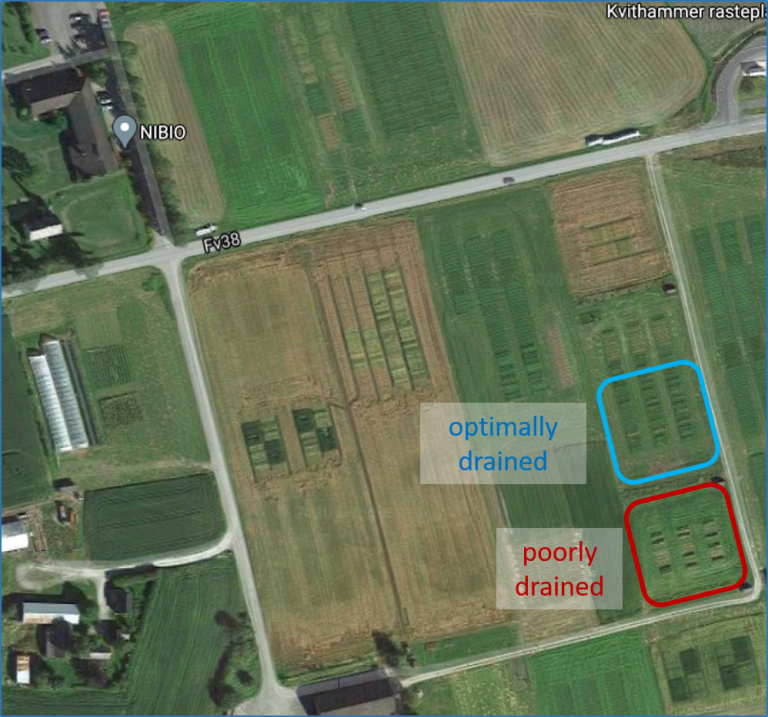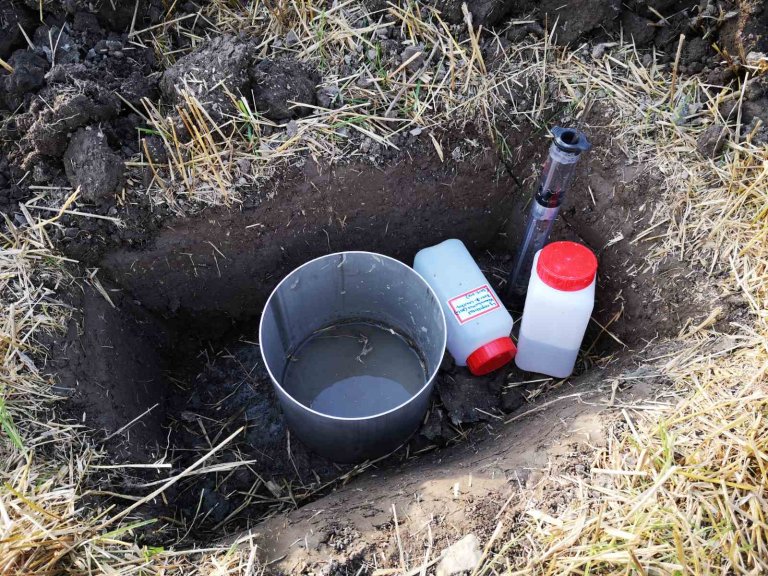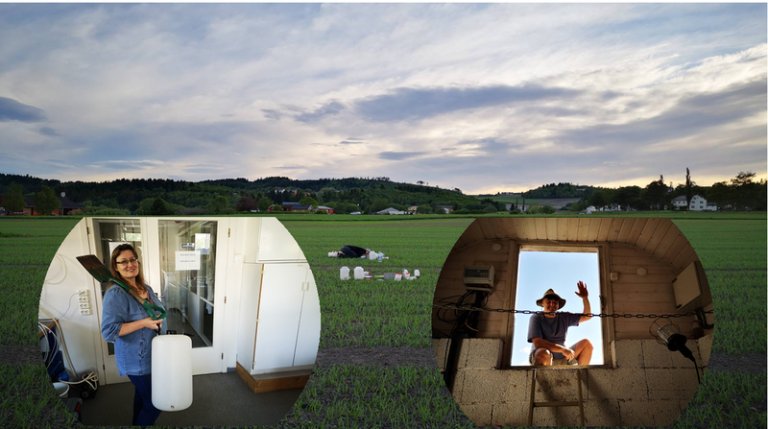Division of Environment and Natural Resources
DrenKlim: Drainage systems in clay soils inTrøndelag - adaptation to changing climate

End: jul 2021
Start: mar 2020
With changing hydrological conditions there is need to evaluate the functioning of drainage systems under future circumstances and to highlight possible needs to redesign them.


| Status | Concluded |
| Start - end date | 01.03.2020 - 01.07.2021 |
| Project manager | Csilla Farkas |
| Division | Division of Environment and Natural Resources |
| Department | Hydrology and Water Environment |
| Total budget | 170000 |
The frequency of extreme weather conditions is expected to increase with climate change. The drainage experiment at Kvithamar, consisting of poorly and properly drained experimental plots were set up in the 1990s to evaluate the effect of various management systems and hydrological conditions on the surface and subsurface runoff, soil and water quality, and crop yield.
Analyses of the Kvithamar experimental data lead to contradictory results as no significant differences between the poorly and properly drained fields could be found in terms of runoff and water quality due to the high variability of data within the six-six replicates. The DrenKlim project is based on the hypothesis that the main reason behind the extremely high variability in the tile drain outflow is the high spatio-temporal variability of soil hydraulic properties in those fields.
The goal of the project is to quantify the spatio-temporal variability of soil hydro-physical properties and to evaluate the outflow data against this variability. We collected 36 undisturbed soil samples two times (in June and October 2020); half of them were taken from the poorly drained, and half from the properly drained experimental plots in a strategic pattern. From the collected samples soil texture, organic matter content, bulk density and the soil water retention curves are being determined. We applied the Beerkan and the tension disc infiltrometer methods for measuring the saturated and near-saturated hydraulic conductivity in situ near all sampling points during both sampling campaigns. We will evaluate the measured data to assess the role of soil heterogeneity in the tile drain outflow variability at the Kvithamar experimental station using statistical methods and mathematical modelling.

